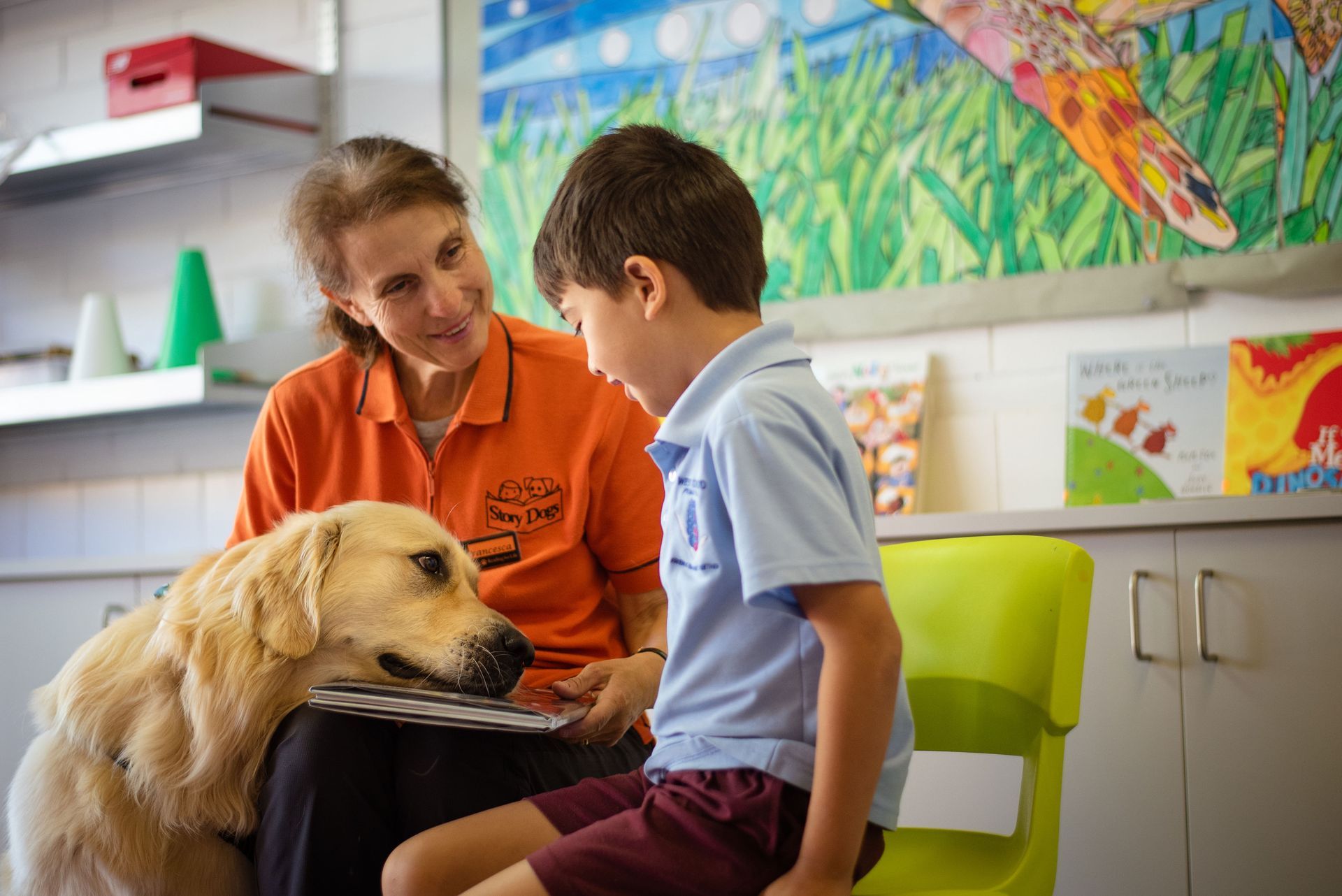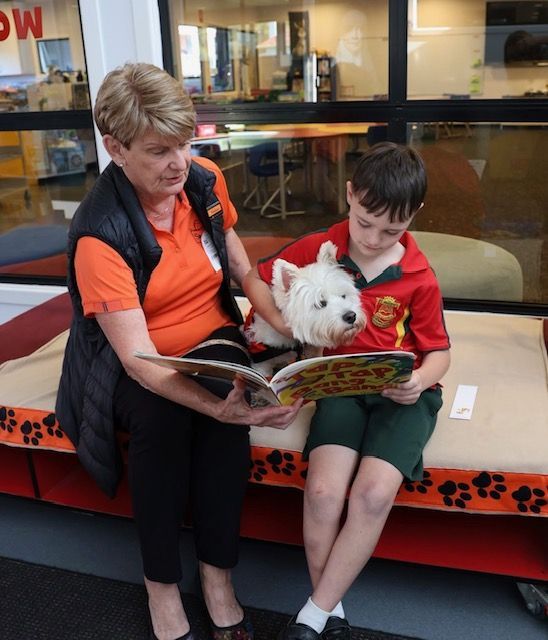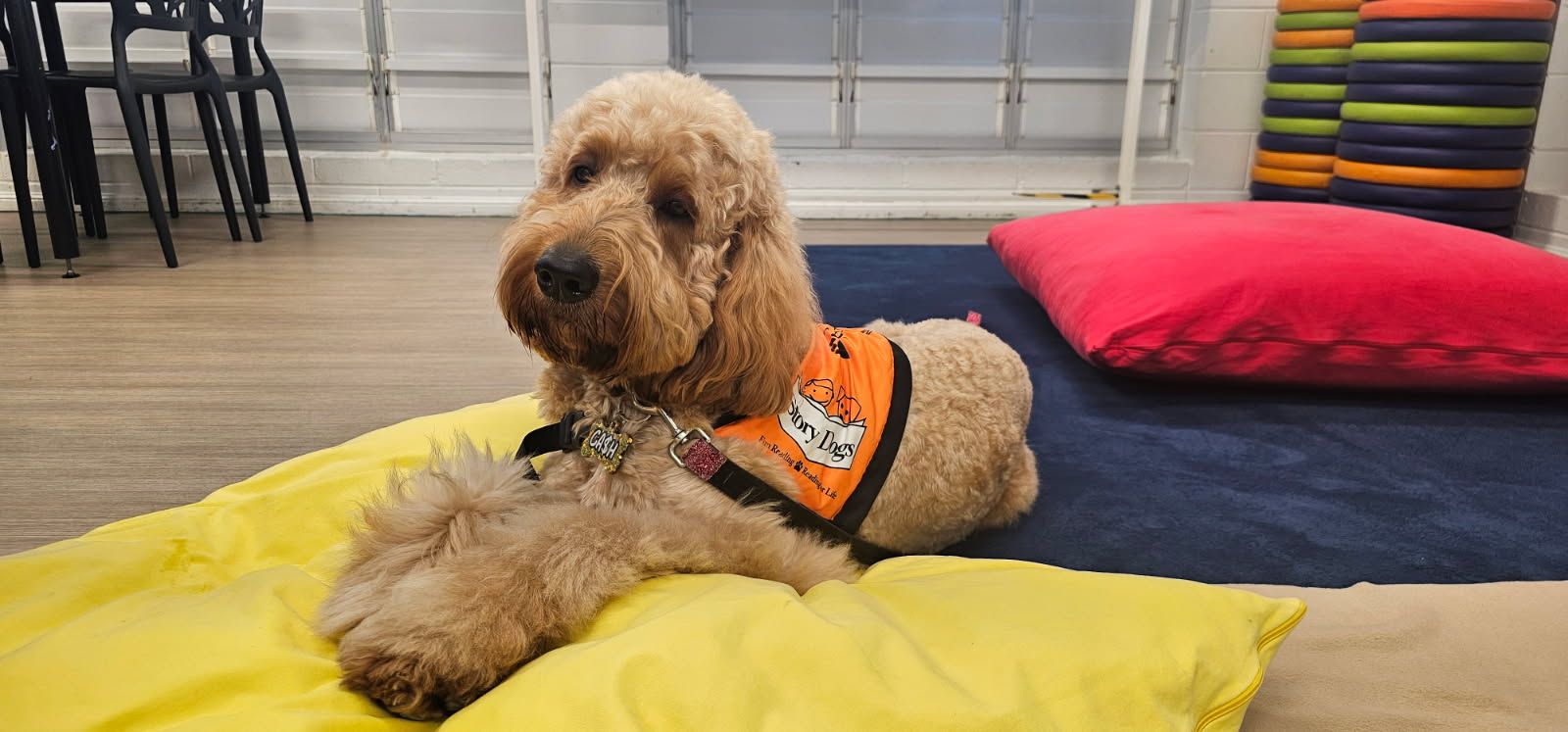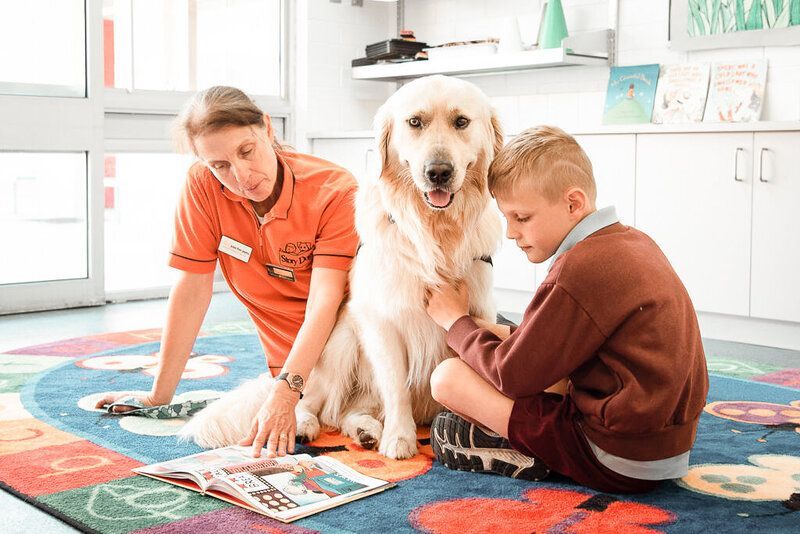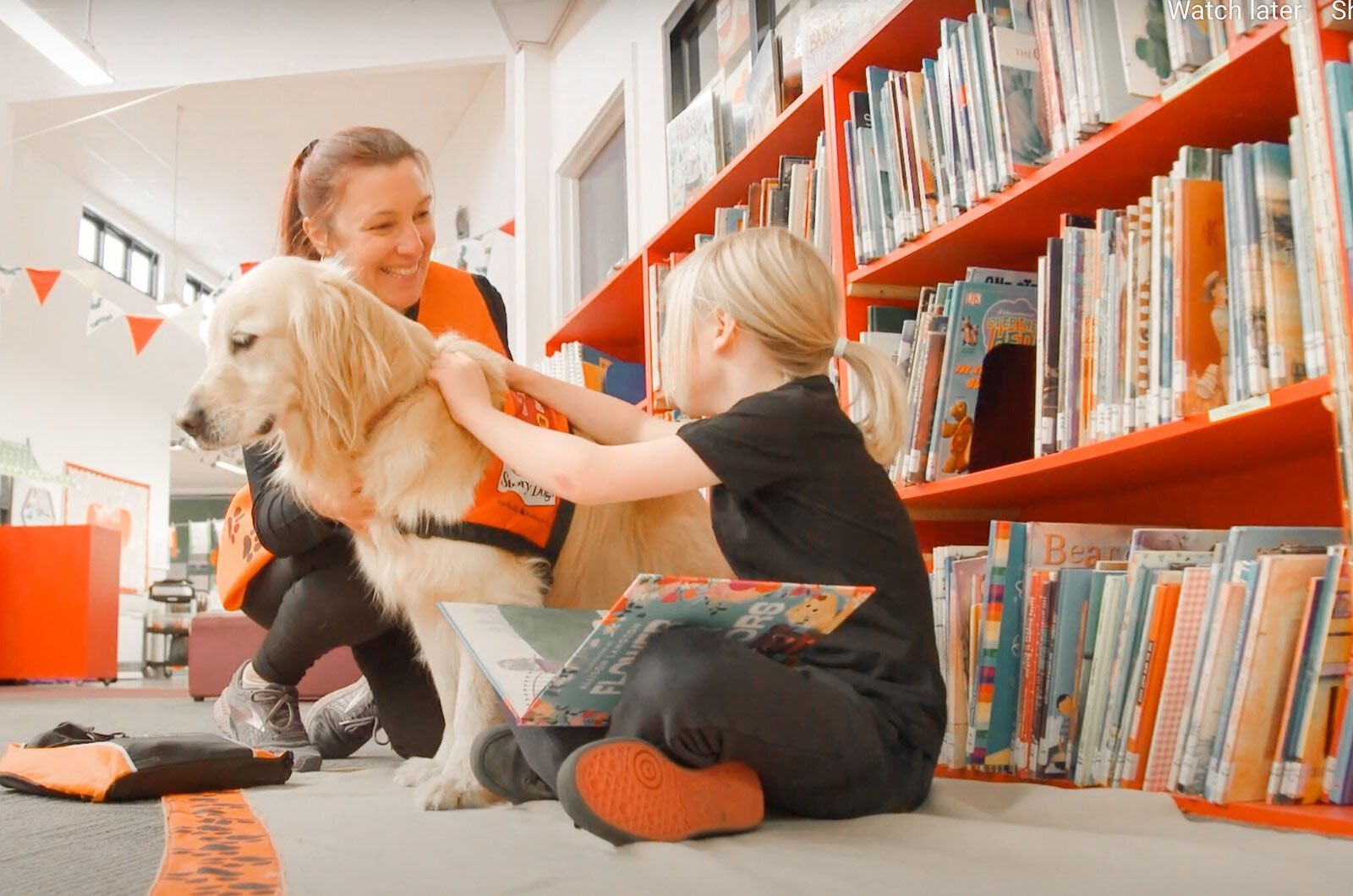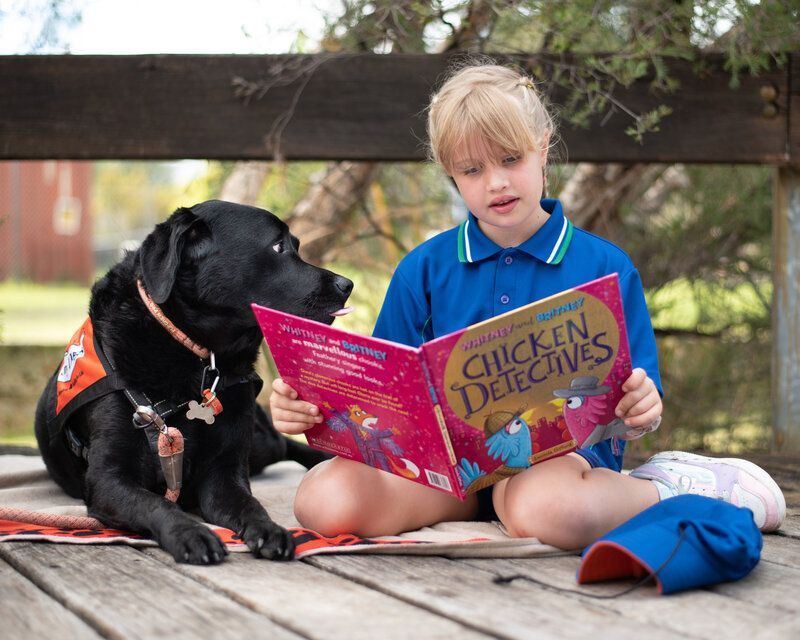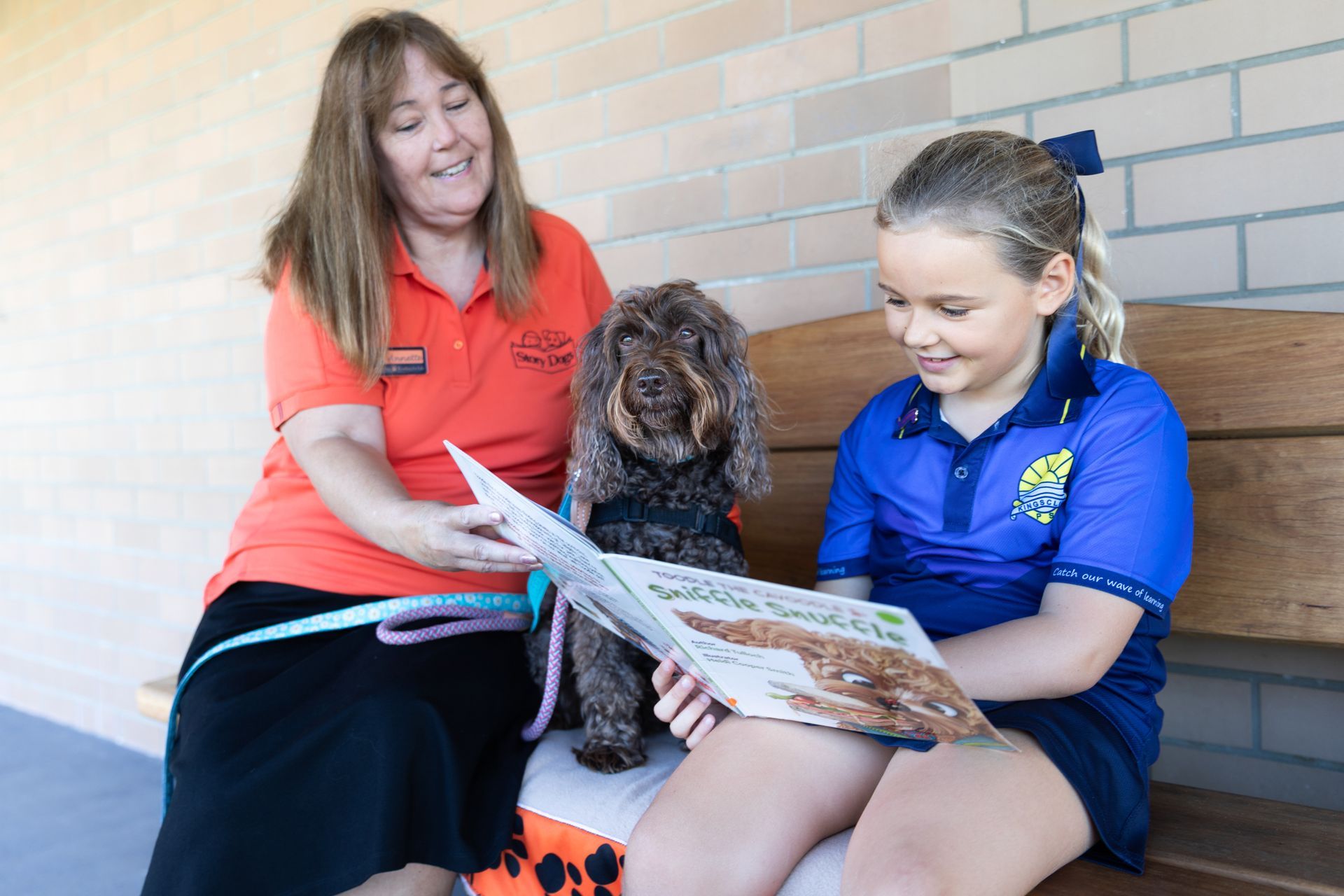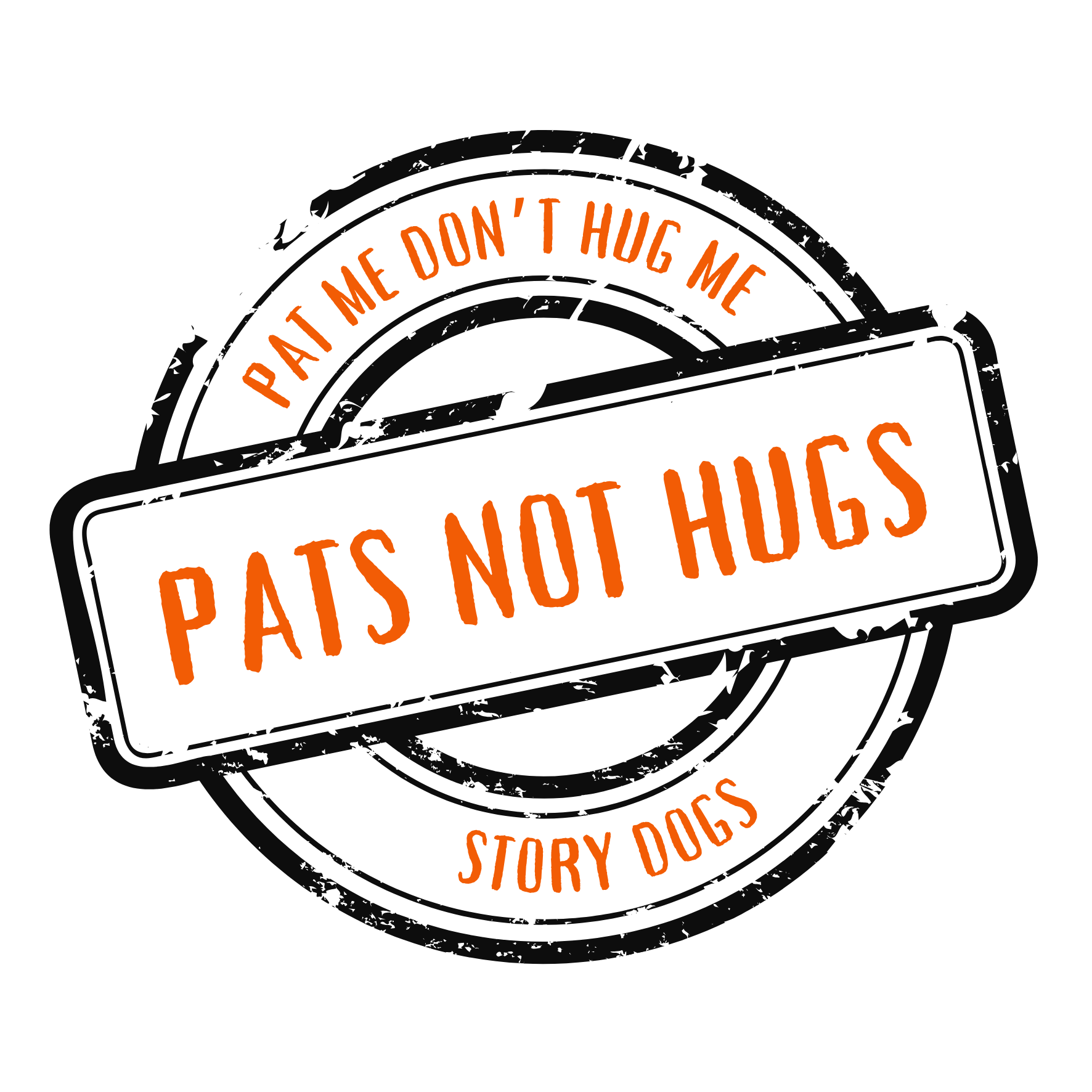Do you know how to speak dog?
Understanding Consent-Based Touch with Your Dog: Why Teaching Kids to ‘Speak Dog’ is Crucial
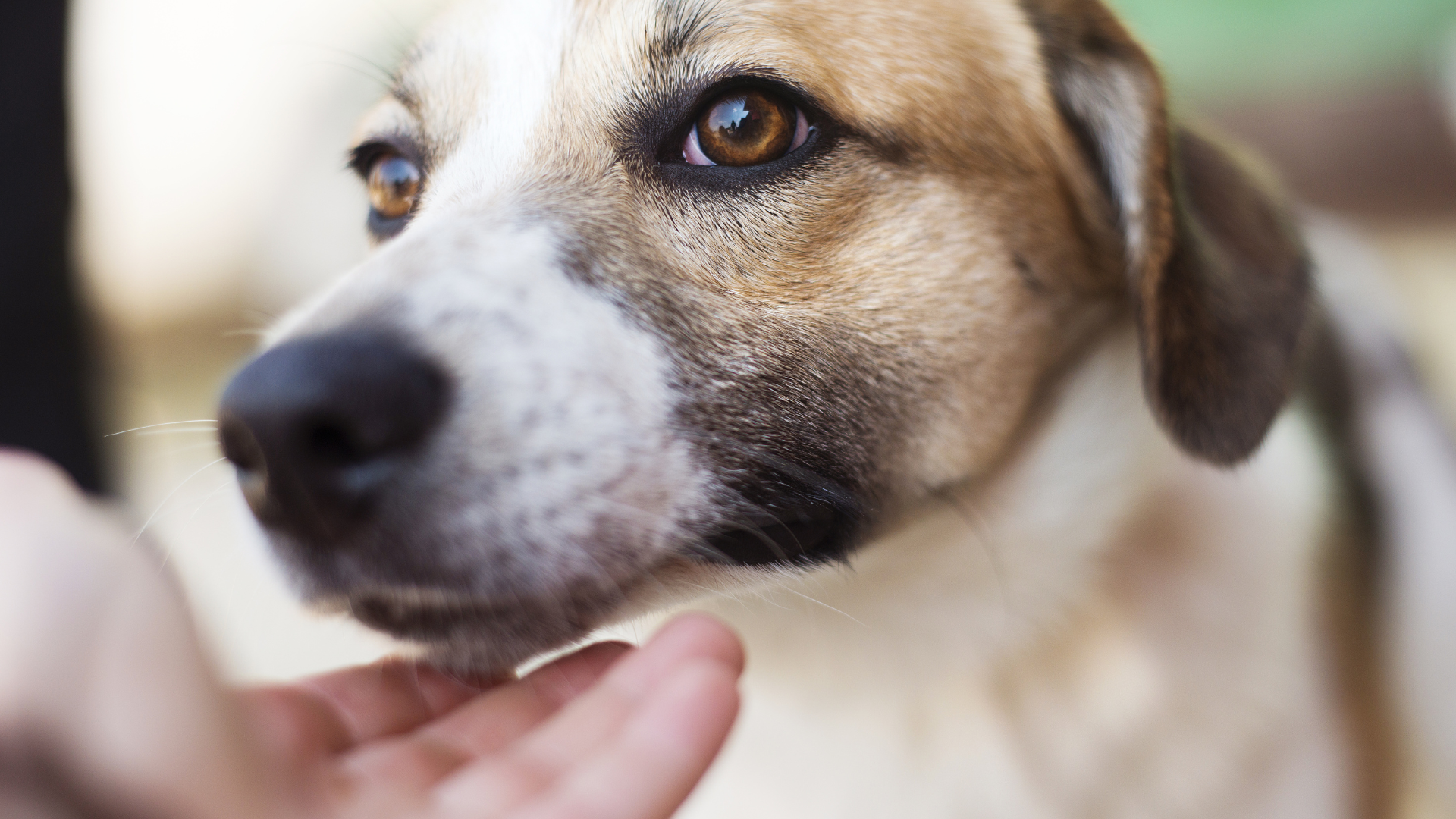
Understanding Consent-Based Touch with Your Dog: Why Teaching Kids to ‘Speak Dog’ is Crucial
Building a respectful and trusting relationship with our dogs is essential for their well-being and ours. Consent-based touch is a simple yet powerful concept that helps ensure our interactions are positive, safe, and enjoyable for both humans and dogs. But beyond our own understanding, it's equally important to teach children how to interact with dogs in a way that respects the dog’s boundaries and comfort levels.
In this blog, we’ll explore why consent-based touch matters, how to apply it with your dog, and why it's crucial to teach kids how to ‘speak dog’ by checking in with their furry friends through consent.
What is Consent-Based Touch?
Consent-based touch means asking for and respecting a dog’s permission before physically engaging with them. This approach acknowledges that dogs, like humans, have personal boundaries, and respecting those boundaries is key to building a bond based on trust and mutual respect.
For dogs, being forced into physical contact without consent can be stressful, potentially leading to fear or even aggressive reactions. By practicing consent-based touch, we give our dogs the autonomy to choose how and when they want to be touched, ensuring they feel safe and respected.
Why is Consent Important for Dogs?
1. **Promotes Trust and Security:** Dogs are more likely to trust their human companions when they know that their personal space and preferences will be respected. This trust forms the foundation for a loving, secure relationship.
2. **Reduces Anxiety and Stress:** Forcing physical contact on a dog that is uncomfortable can cause stress and anxiety. By giving dogs the choice to engage, we help them feel more at ease in their environment and interactions.
3. **Prevents Aggressive Reactions:** A dog that is touched without its consent may react defensively. By respecting a dog’s boundaries, we minimize the risk of aggressive behaviors that stem from discomfort or fear.
4. **Improves Training and Socialization:** Dogs that feel safe and respected are more likely to engage positively in training and socialization activities. Consent-based touch encourages dogs to approach their humans with confidence, making them more open to learning and interacting.
5. **Strengthens the Human-Dog Bond:** Mutual respect is the cornerstone of any good relationship. When we respect a dog’s autonomy and provide positive, consensual experiences, we strengthen the bond we share with them.
Teaching Kids to 'Speak Dog' Through Consent-Based Touch
One of the most important lessons we can teach children is how to interact safely and respectfully with dogs. Kids are naturally curious and eager to show affection to animals, but they may not always understand a dog’s body language or when a dog wants space.
This is where the concept of ‘speaking dog’ comes in—by teaching children to read a dog’s cues and ask for consent, we help them build positive, respectful relationships with their four-legged friends.
1. **Understanding Dog Body Language:**
The first step in teaching kids to ‘speak dog’ is helping them understand what a dog is trying to communicate. Dogs express themselves through body language—wagging tails, soft eyes, or a relaxed posture may indicate that they’re comfortable, while stiff bodies, averted gazes, or a tucked tail may signal discomfort or stress. Teach children to recognize these signs and adjust their approach accordingly.
2. **The Consent Check-In:**
Before touching or petting a dog, encourage children to perform a ‘consent check-in.’ This means pausing and asking the dog for permission. A simple way to do this is to hold out a hand near the dog and wait for the dog’s response. If the dog moves forward to sniff or nudge, it’s a sign that the dog is comfortable with interaction. If the dog pulls away, turns their head, or shows signs of discomfort, it’s time to give them space.
Kids can think of it as asking the dog, "Do you want to be petted right now?" and paying attention to the dog's answer through its body language.
3. **Gentle and Respectful Touch:**
Once consent is given, it's important to teach kids how to touch dogs gently. Remind them to avoid pulling on ears, tails, or fur, and instead use a soft hand to pet areas like the dog’s back or side. Respecting a dog’s personal space and being gentle in their touch reinforces the idea that dogs, like people, have preferences about how they are handled.
4. **Knowing When to Step Back:**
Just like people, dogs can change their minds about wanting to be touched. Teaching children to recognize when a dog has had enough—whether through turning away or displaying stress signals—is a key part of fostering a respectful relationship. Remind kids that stepping back when a dog says “no” is just as important as asking for consent in the first place.
Why Teaching Kids This Concept Matters
Teaching children the principles of consent-based touch doesn’t just make them safer around dogs—it helps them develop empathy and respect for all living creatures. Understanding that dogs have their own preferences, feelings, and boundaries builds a sense of responsibility and kindness in children. They learn to treat animals with care, recognize signs of discomfort, and respect the needs of others—skills that extend beyond their interactions with pets.
Moreover, by fostering positive interactions between kids and dogs, we create safer environments for both. Children who know how to read a dog’s body language and respect its space are less likely to experience negative incidents like bites or fear responses, making interactions with dogs a fun and rewarding experience.
How Story Dogs Can Help
At Story Dogs, we recognize the importance of building strong, respectful relationships between children and their canine companions. Our program not only supports literacy development but also emphasizes the value of empathy and positive interactions with dogs.
Through our sessions, children learn how to engage with Story Dogs in a way that respects the dogs’ boundaries and comfort levels. We incorporate lessons on consent-based touch, teaching kids to perform ‘consent check-ins’ before petting or interacting with our Story Dogs. By doing so, we ensure that both the children and the dogs have a positive and enjoyable experience.
Additionally, our Story Dog teams serve as great role models, demonstrating how to interact with dogs in a gentle and respectful manner. By observing and participating in these interactions, children gain practical experience in ‘speaking dog’ and respecting canine boundaries.
Final Thoughts
Consent-based touch is an essential aspect of caring for dogs, promoting trust, reducing stress, and preventing aggressive behaviours. Teaching children how to ‘speak dog’ and perform consent check-ins with their pets not only makes them safer around dogs but also nurtures their ability to empathise with animals.
At Story Dogs, we believe in fostering these respectful relationships to create a better experience for all involved—kids, dogs, and their communities. By incorporating these practices into our program, we help children build meaningful connections with their Story Dogs, rooted in trust and mutual respect. Let’s all practice consent-based touch and teach the next generation how to interact with dogs in a way that builds trust, kindness, and positive relationships.
